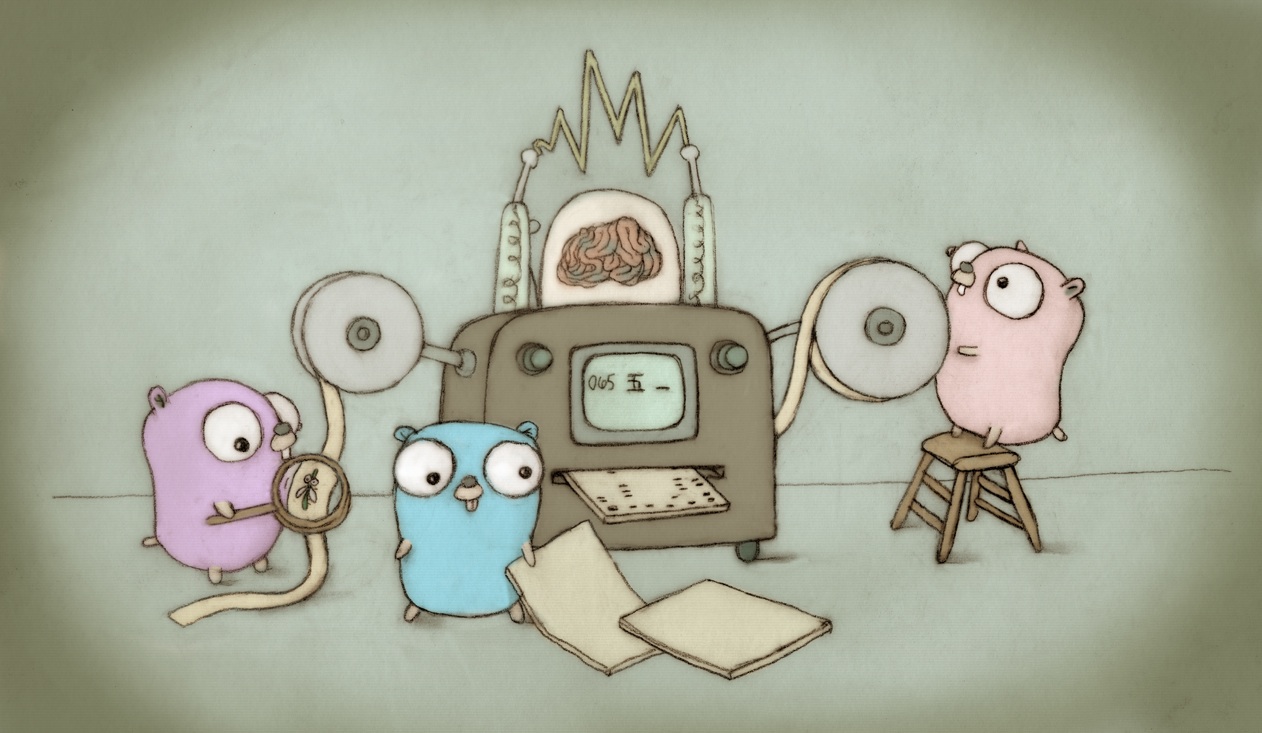| commit | b29ec30780d2c4051514e974e7972f1ce1f61e21 | [log] [tgz] |
|---|---|---|
| author | Michael Anthony Knyszek <mknyszek@google.com> | Thu Jan 11 21:55:04 2024 +0000 |
| committer | Gopher Robot <gobot@golang.org> | Tue Jan 23 19:27:14 2024 +0000 |
| tree | ff9667e3f21bad0ecd7822afdc03a5d3e7d79488 | |
| parent | 10e9ab55c802560ac1f3348c56358583764ec00a [diff] |
[release-branch.go1.22] runtime: make a much better effort to emit CPU profile in a trace Currently the new execution tracer's handling of CPU profile samples is very best-effort. The same CPU profile buffer is used across generations, leading to a high probability that CPU samples will bleed across generations. Also, because the CPU profile buffer (not the trace buffer the samples get written into) isn't guaranteed to be flushed when we close out a generation, nor when tracing stops. This has led to test failures, but can more generally just lead to lost samples. In general, lost samples are considered OK. The CPU profile buffer is only read from every 100 ms, so if it fills up too much before then, old samples will get overwritten. The tests already account for this, and in that sense the CPU profile samples are already best-effort. But with actual CPU profiles, this is really the only condition under which samples are dropped. This CL aims to align CPU profiles better with traces by eliminating all best-effort parts of the implementation aside from the possibility of dropped samples from a full buffer. To achieve this, this CL adds a second CPU profile buffer and has the SIGPROF handler pick which CPU profile buffer to use based on the generation, much like every other part of the tracer. The SIGPROF handler then reads the trace generation, but not before ensuring it can't change: it grabs its own thread's trace seqlock. It's possible that a SIGPROF signal lands while this seqlock is already held by the thread. Luckily this is detectable and the SIGPROF handler can simply elide the locking if this happens (the tracer will already wait until all threads exit their seqlock critical section). Now that there are two CPU profile buffers written to, the read side needs to change. Instead of calling traceAcquire/traceRelease for every single CPU sample event, the trace CPU profile reader goroutine holds this conceptual lock over the entirety of flushing a buffer. This means it can pick the CPU profile buffer for the current generation to flush. With all this machinery in place, we're now at a point where all CPU profile samples get divided into either the previous generation or the current generation. This is good, since it means that we're able to emit profile samples into the correct generation, avoiding surprises in the final trace. All that's missing is to flush the CPU profile buffer from the previous generation, once the runtime has moved on from that generation. That is, when the generation counter updates, there may yet be CPU profile samples sitting in the last generation's buffer. So, traceCPUFlush now first flushes the CPU profile buffer, followed by any trace buffers containing CPU profile samples. The end result of all this is that no sample gets left behind unless it gets overwritten in the CPU profile buffer in the first place. CPU profile samples in the trace will now also get attributed to the right generation, since the SIGPROF handler now participates in the tracer's synchronization across trace generations. Fixes #55317. Change-Id: I47719fad164c544eef0bb12f99c8f3c15358e344 Reviewed-on: https://go-review.googlesource.com/c/go/+/555495 Auto-Submit: Michael Knyszek <mknyszek@google.com> LUCI-TryBot-Result: Go LUCI <golang-scoped@luci-project-accounts.iam.gserviceaccount.com> Reviewed-by: Michael Pratt <mpratt@google.com> (cherry picked from commit f5e475edafd4186c51aadf2e7fdf164eb365379f) Reviewed-on: https://go-review.googlesource.com/c/go/+/557838 Reviewed-by: Cherry Mui <cherryyz@google.com>
Go is an open source programming language that makes it easy to build simple, reliable, and efficient software.
 Gopher image by Renee French, licensed under Creative Commons 4.0 Attributions license.
Gopher image by Renee French, licensed under Creative Commons 4.0 Attributions license.
Our canonical Git repository is located at https://go.googlesource.com/go. There is a mirror of the repository at https://github.com/golang/go.
Unless otherwise noted, the Go source files are distributed under the BSD-style license found in the LICENSE file.
Official binary distributions are available at https://go.dev/dl/.
After downloading a binary release, visit https://go.dev/doc/install for installation instructions.
If a binary distribution is not available for your combination of operating system and architecture, visit https://go.dev/doc/install/source for source installation instructions.
Go is the work of thousands of contributors. We appreciate your help!
To contribute, please read the contribution guidelines at https://go.dev/doc/contribute.
Note that the Go project uses the issue tracker for bug reports and proposals only. See https://go.dev/wiki/Questions for a list of places to ask questions about the Go language.